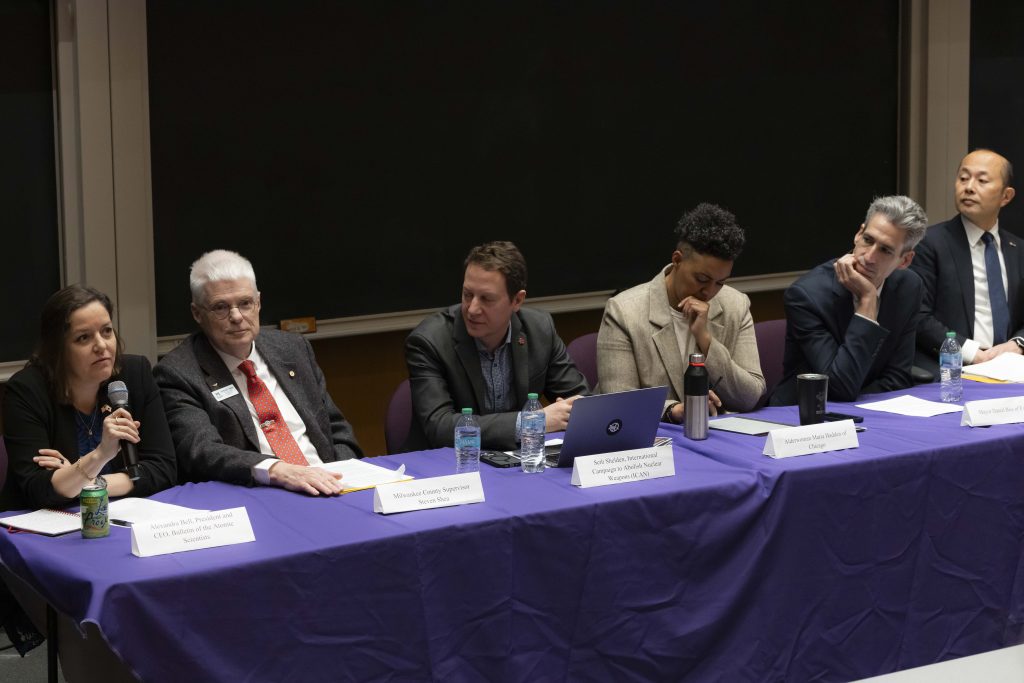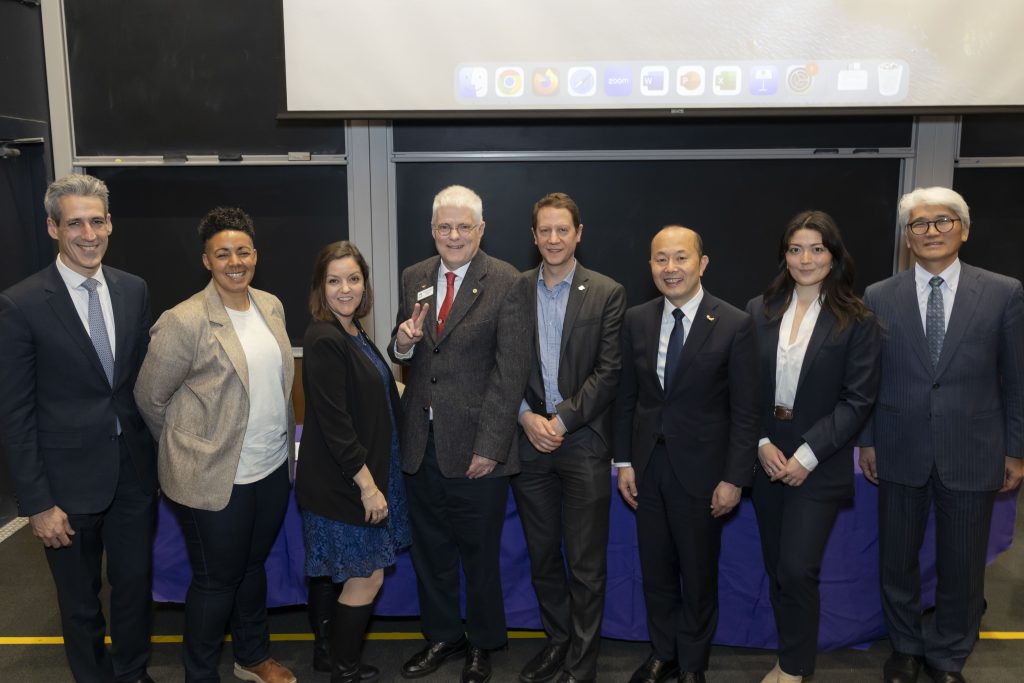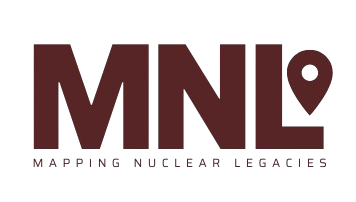On Friday, May 2nd, 2025, local government officials and prominent organizational leaders discussed the importance of city-level involvement in nuclear policy and security efforts. Friday’s panel during the Mapping Nuclear Legacies Symposium, titled “Nuclear policy and security: the role of cities,” focused on existing policy and security efforts at the local level. Panelists included Mayor Shiro Suzuki of Nagasaki; Mayor Daniel Biss of Evanston; Alderwoman Maria Hadden of Chicago; Milwaukee County Supervisor Steven Shea; and General Counsel with the International Campaign to Abolish Nuclear Weapons, Seth Shelden. Our discussant was President and CEO of the Bulletin of the Atomic Scientists, Alexandra Bell. During the rich conversation between these expert panelists, shared themes of the value of community action and storytelling emerged.
A key theme discussed and celebrated by our panelists was the importance of community action and involvement in driving policy. While policy can sometimes feel like a “wishlist to Santa Claus,” as Supervisor Shea put it, all panelists agreed that relationships between community members and local officials offer concrete pathways to actualization.

Mayor Suzuki described his role in bringing constituents’ voices and perspectives to light. As a local leader with significant global notoriety, Mayor Suzuki reflected on the importance of staying connected with community members when building projects both within and outside the city to recognize and discuss the impact of nuclear use on Nagasaki. When recounting why she introduced Chicago’s nuclear disarmament resolution, Alderwoman Hadden described how it was a constituent who brought Back from the Brink to her attention. Mayor Biss reflected on the continued legacy of nuclear advocacy in Evanston, which is also constituent-driven. However, as Shelden noted, resolutions are often a starting point for further action; they are insufficient in and of themselves.
During the symposium, several speakers highlighted the importance of storytelling in building on local policy. With hibakusha aging, less public awareness of the threat of nuclear weaponry, and continued marginalization of affected communities, stories enable us to remember, learn, and connect systems of violence. As Mayor Biss said, and other panelists resonated with, “violence is violence.” There are existing opportunities for community and local government to work together to define how to move into a new phase of nuclear policy and security. But it will take effort to draw connections between nuclear topics and community members’ daily experiences. This is where there is an opportunity to share stories, information, and other learnings.
Supervisor Shea pointed out, being focused on the price of eggs may feel small in comparison to the threat of nuclear war. Yet, as Bell added, there is space in the movement to care about both. To do so, in my opinion, requires an intersectional and concerted effort to build coalitions with other movements. Nuclear development and use have created historical, current, and future harms to the environment and public health around the world. While the risk of nuclear war and fallout looms large globally, and prevention is of the utmost importance, there remain opportunities to bridge what people have experienced locally and the abstract risks often discussed at the policy level. Local jurisdictions are vital sites for that work to grow.
Another opportunity area is engaging at the state level in the U.S. As the panelists discussed in the question and answer, movements to divest at the city and town level are often highly contingent on state funding allocations. It is also notable that very few states have passed nuclear disarmament resolutions, and none of our attendees represented the state.


